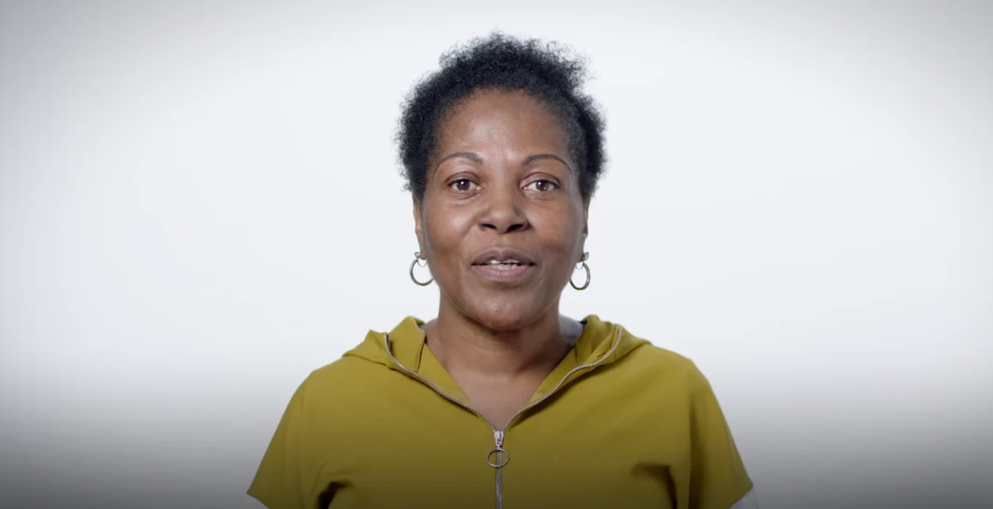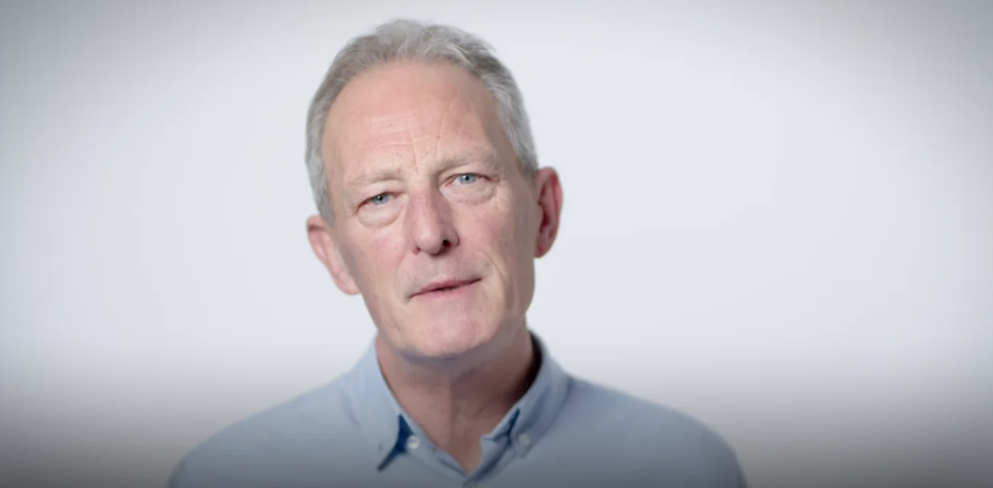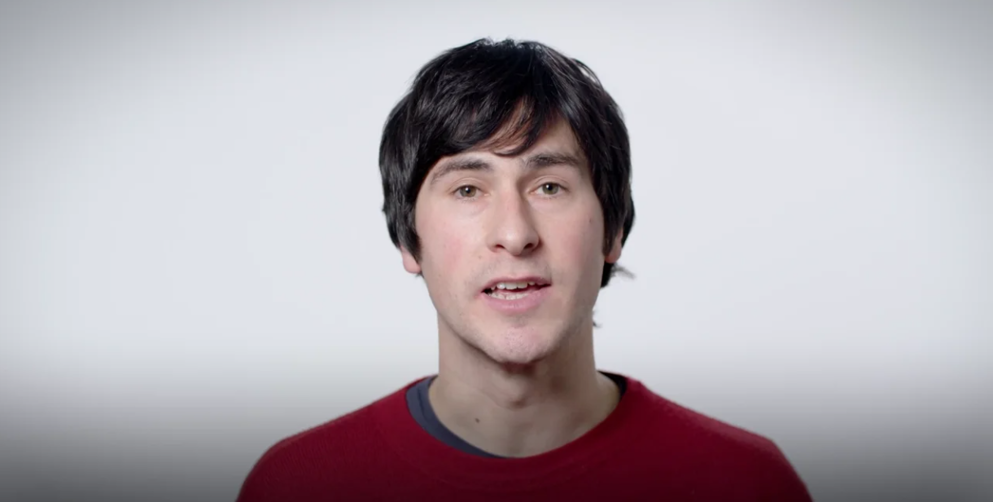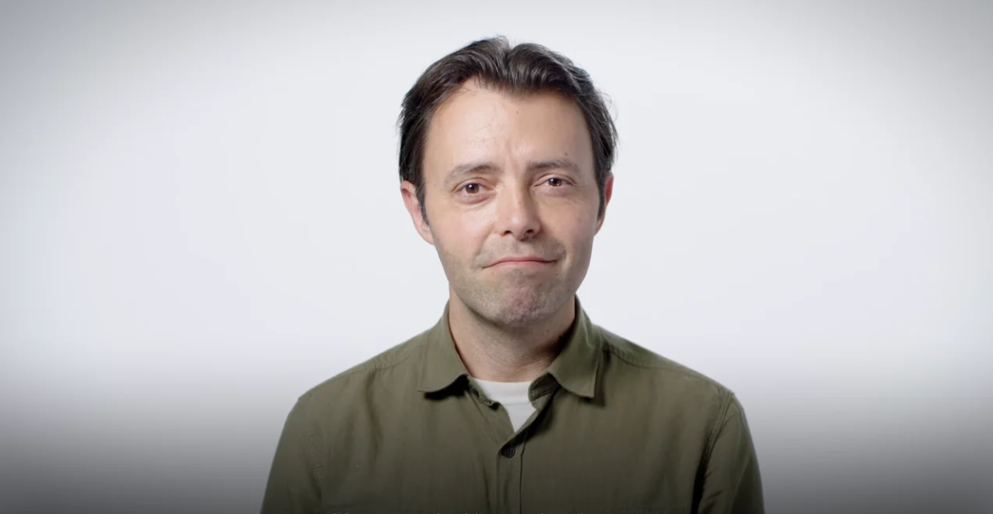
Delivering effective VBA
Patient case video consultations
Do you know how to incorporate Very Brief Advice on Smoking (VBA) seamlessly into your patient consultations? Knowing their medical history, using visual clues and listening carefully to what they say are all key. See effective Very Brief Advice in action in some typical patient populations who smoke.
Meet Lesley, a 45-year-old teaching assistant and single mother. Lesley feels that smoking is her only chance to get a moment to herself, her only release.
Lesley has an appointment with her doctor about her psoriasis. Find out how her doctor uses Very Brief Advice to establish her smoking status and incorporate advice to help her stop smoking in this three-minute video.
At the end of her appointment to discuss her psoriasis her doctor uses Very Brief Advice. He focuses on her reason for smoking, stress, and explains how identifying her stress triggers could be the first step towards quitting smoking and that help and support is available to Lesley.
Tobacco smoking is often more common among patients such as Lesley with lower socioeconomic status (SES) in high-income countries. This can be the result of differences in both initiation and cessation of smoking. However, there is no evidence that lower SES is a barrier to successfully quitting smoking1.
References
1. Nargis N, Yong H-H, Driezen P, Mbulo L, Zhao L, Fong GT, et al. Socioeconomic patterns of smoking cessation behavior in low and middle-income countries: Emerging evidence from the Global Adult Tobacco Surveys and International Tobacco Control Surveys. PLoS One. 2019;14(9):e0220223.
Meet Peter, a 63-year-old retired gardener. Peter has been a heavy smoker since he was a teenager and now suffers from chronic obstructive pulmonary disease (COPD).
Peter has an appointment to see his doctor to follow up about his recent COPD exacerbation. Find out how his doctor incorporates carbon monoxide (CO) monitoring and uses Very Brief Advice to offer additional support on smoking cessation to help improve his symptoms in this two-minute video.
Smoking is a leading cause of COPD and a trigger for exacerbations2. Peter has already discussed cutting his smoking down with his doctor previously and she uses his carbon monoxide (CO) results to maintain his motivation and show him how successful he has been. During this consultation she uses Very Brief Advice to see if Peter is ready to go further than cutting down. She informs him about treatments available on prescription that could support him and is keen to involve his wife who is helping to motivate Peter to quit. Leveraging the influence and support of family members can work well.
While COPD is obviously associated with smoking, tobacco smoking harms nearly every organ of the body, and so try and use Very Brief Advice in any situation when a patient presents with a condition that has been linked with smoking.
References
- Nargis N, Yong H-H, Driezen P, Mbulo L, Zhao L, Fong GT, et al. Socioeconomic patterns of smoking cessation behavior in low and middle-income countries: Emerging evidence from the Global Adult Tobacco Surveys and International Tobacco Control Surveys. PLoS One. 2019;14(9):e0220223.
Meet Philip, a 32-year-old office worker. Philip has smoked ‘on and off’ for a number of years but now ‘only’ smokes socially when he goes for drinks with his friends. In general, he is very healthy and doesn’t see his smoking as cause for concern.
Philip is seeing his GP about a knee injury. Find out how his doctor uses Very Brief Advice to help Philip with advice on how to tackle cravings in situations where there may be strong temptation to smoke in this three-minute video.
In this example of Very Brief Advice, Philip’s doctor uncovers that Philip has been smoking more recently due to socialising more in his spare time as his knee injury means he cannot play football. His doctor mentions that he has been successful at quitting smoking before, which will give him confidence, and highlights that a combination of support and treatment is the best way to prevent relapse after quitting.
It is also likely that in Philip’s situation his smoking may be delaying his recovery following his knee surgery. It has been shown that smoking is associated with significantly worse clinical outcome scores, an increase in anterior translation, and increased complication rates after anterior cruciate ligament (ACL) reconstruction3.
For people who feel they might be missing out by not smoking (being the only person left in the office or the bar, for example, when colleagues and friends are discussing things outside), e-cigarette use (vaping) has become popular. While there is still a lack of evidence around the long-term safety of e-cigarettes, there is nothing more harmful than tobacco smoke and patients should be supported to continue their quit attempt using their preferred strategy4.
References
3. Novikov DA, Swensen SJ, Buza JA, Gidumal RH, Strauss EJ. The effect of smoking on ACL reconstruction: a systematic review. Physician and Sportsmedicine. 2016;44(4):335–341.
4. PCRS. E-cigarettes. PCRS position statement. Available at: https://www.pcrs-uk.org/resource/e-cigarettes-pcrs-position. Accessed 11 March 2020.
Meet Alexander, a 32-year-old who owns a successful business. Alexander enjoys smoking and he is not yet interested in giving up. His wife is unhappy about his smoking and makes sure he doesn’t smoke in front of their two small children.
Alexander has an appointment with his doctor about another health matter. Find out how his doctor uses Very Brief Advice at the end of the consultation to discuss his smoking in this two-minute video.
At the end of the appointment Alexander’s doctor asks him whether he smokes so that it can be recorded in the practice records. This opens up a conversation and while it is clear that Alexander isn’t ready to stop smoking at this time, we find out that his wife disapproves of his smoking in front of their children. This enables his doctor to reinforce the dangers of second-hand smoke and introduce that a combination of support and treatment is available to Alexander when the time is right.
Useful resources about the dangers of second-hand smoke (with links to external sites) are the NCSCT second-hand smoking Very Brief Advice module which covers the importance of making homes and cars smoke-free and the Action on Smoking and Health (ASH) 2018 report on Smoking in the home. There have also been various media campaigns highlighting the importance of not smoking in or near the home so it may be worth mentioning these as they may already be familiar to patients. In the UK these campaigns have included ‘Take 7 steps out’ and ‘Secondhand Smoke is Poison’.
Patients may be unaware of the many options available to reduce nicotine cravings and so mentioning treatment here may sow the seed for giving up smoking in the future if patients understand that they don’t have to go ‘cold turkey’.
This section of the Learning Zone will give you examples of how a HCP might deliver effective effective Very Brief Advice during consultations with some typical types of tobacco smoker. These include patients using smoking to cope with stress, with comorbidities, relapsed smokers and those who aren’t yet ready to quit smoking.
Please note that in these scenario videos the patients and HCPs are actors.
of interest
are looking at
saved
next event





